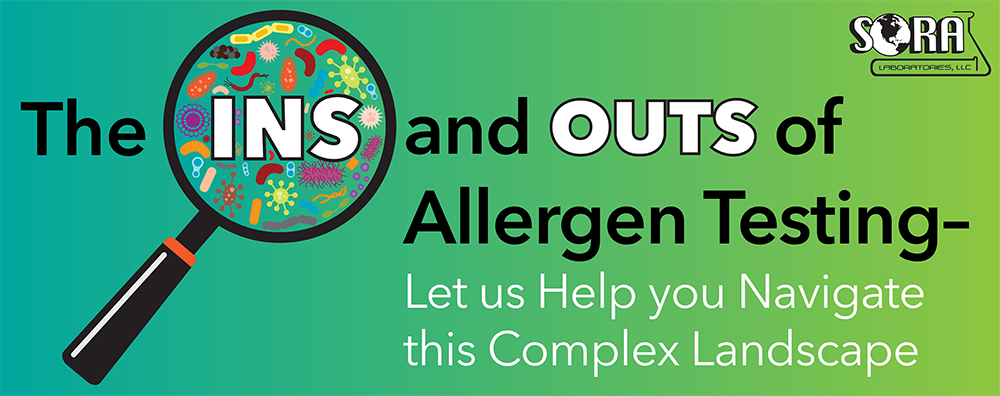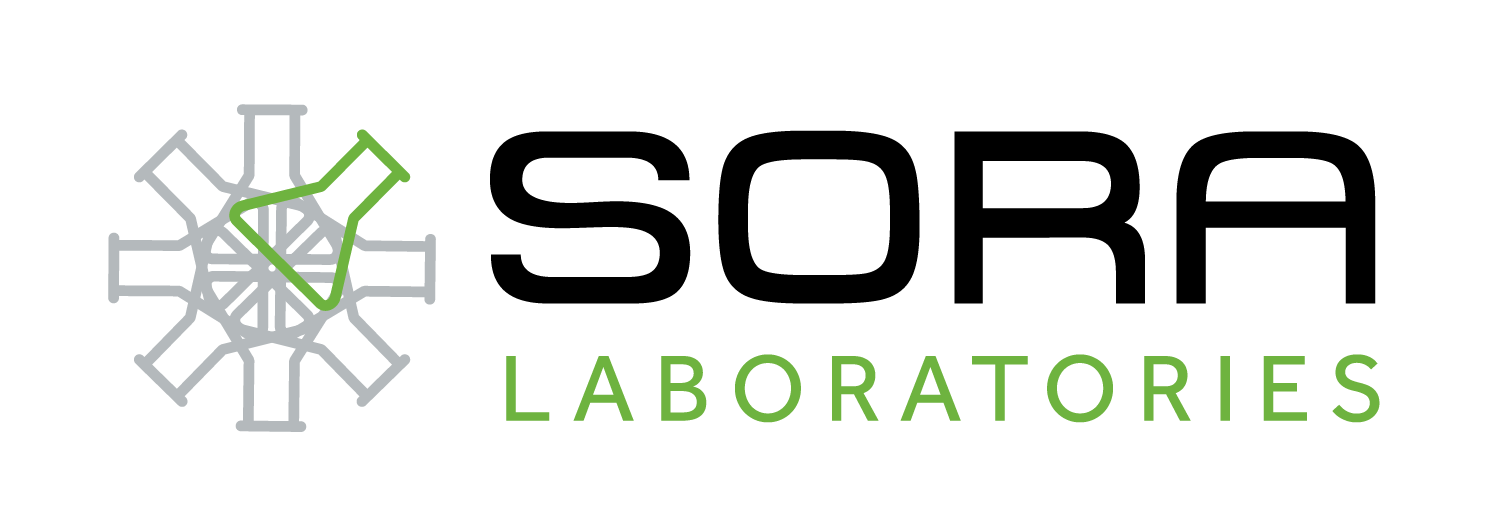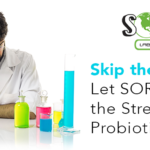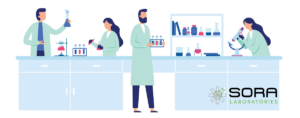Lab testing to verify identity, potency and strength of supplement ingredients/blends is a normal part of the quality control process. Because of this, a manufacturer’s quality control department should be well-versed in many regulations that need to be followed to manufacture a quality product. One of these regulations is allergen labeling. The Food Allergen Labeling and Consumer Protection Act (FALCPA) requires that the label of a food that contains an ingredient that is or contains protein from a “major food allergen” declare the presence of the allergen in the manner described by the law. FALCPA identifies eight foods or food groups as the major food allergens. They are milk, eggs, fish (e.g., bass, flounder, cod), Crustacean shellfish (e.g., crab, lobster, shrimp), tree nuts (e.g., almonds, walnuts, pecans), peanuts, wheat, and soybeans1.
While the FDA doesn’t have specific limits for the “Big 8” allergens, it has determined specifications for gluten. In 2014, the FDA defined the term “gluten-free” for voluntary use in labeling of foods. If gluten is quantified at less than 20 ppm then the product can be labeled as “gluten-free”2.
To meet regulations for identifying allergens or to claim a product is “free” of an allergen, testing must be completed by an accredited lab, such as SORA Labs. Most allergen testing can be completed by using ELISA (enzyme-linked immunosorbent assay) kits or HPLC (high performance liquid chromatography) methods. SORA Labs uses ELISA kits as a first step to accurate allergen testing (link to allergen flyer). ELISA kits have established limits of detection (LOD) and limits of quantitation (LOQ). If the results are below the LOD or LOQ of the kit, then the presence of the allergen is considered below the detectible level and is reported <LOQ or <LOD. If the result is above these limits, then a quantifiable number will be reported.
Since the FDA does not have specifications established for the other allergens, companies are responsible for deciding how to manage the allergen information and labeling of products that could contain those allergens. One useful resource is the Allergen Bureau, which was established to help the food industry in New Zealand and Australia with common allergen information and risk. The Allergen Bureau created the VITAL (Voluntary Incidental Trace Allergen Labeling) Program (The VITAL Program is a standardized risk-assessment program for the food industry, and can be utilized as a resource for companies needing ingredient allergen information, cross-contact data, as well as other information on labeling guidelines.
The bottom line is that there is a lot to consider when labeling your products, when considering allergen-related concerns. SORA Labs can help—we are experienced in allergen identification and testing and can help you get the data you need to label your products accurately. SORA Labs wants to be your partner in quality! Call us today!






